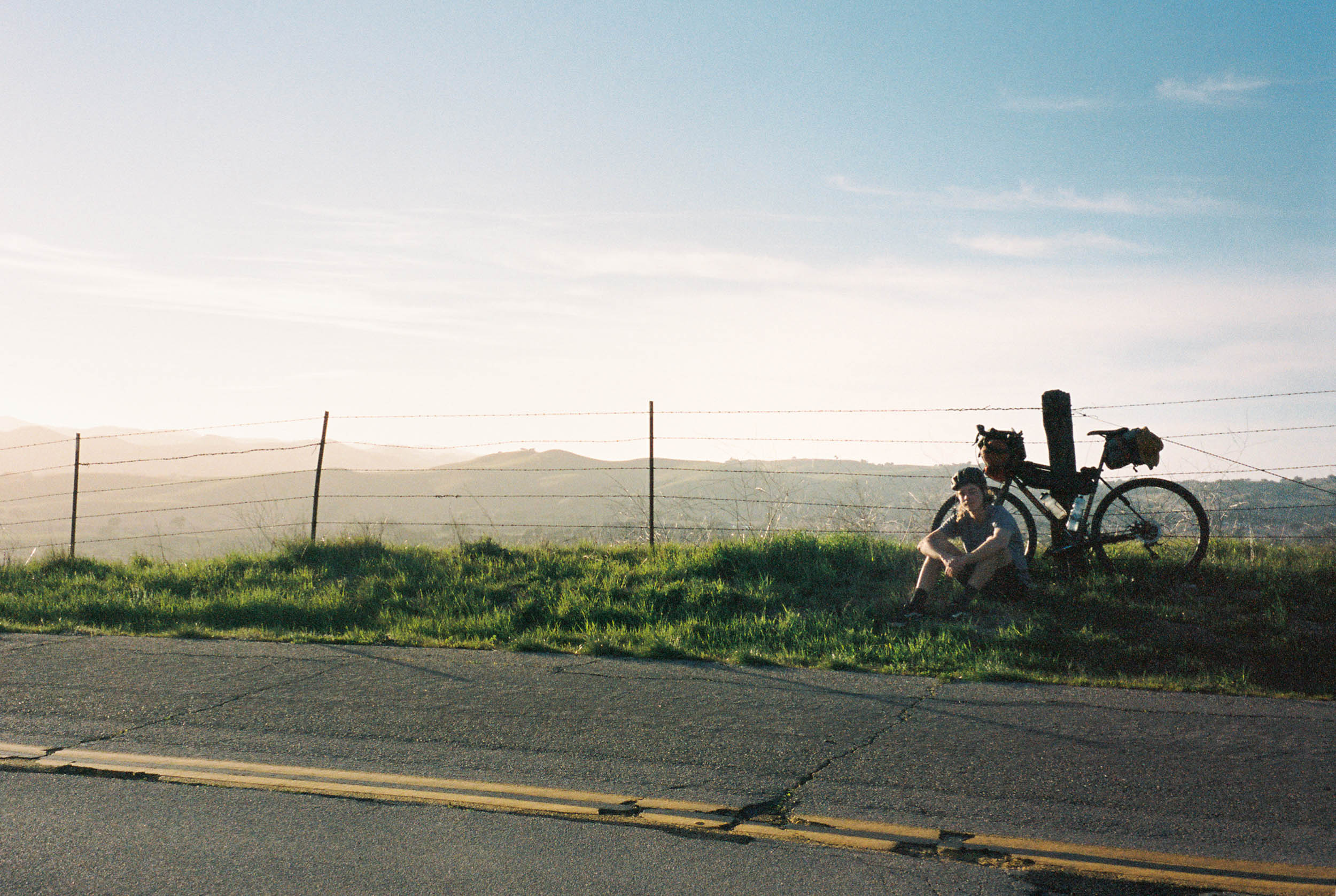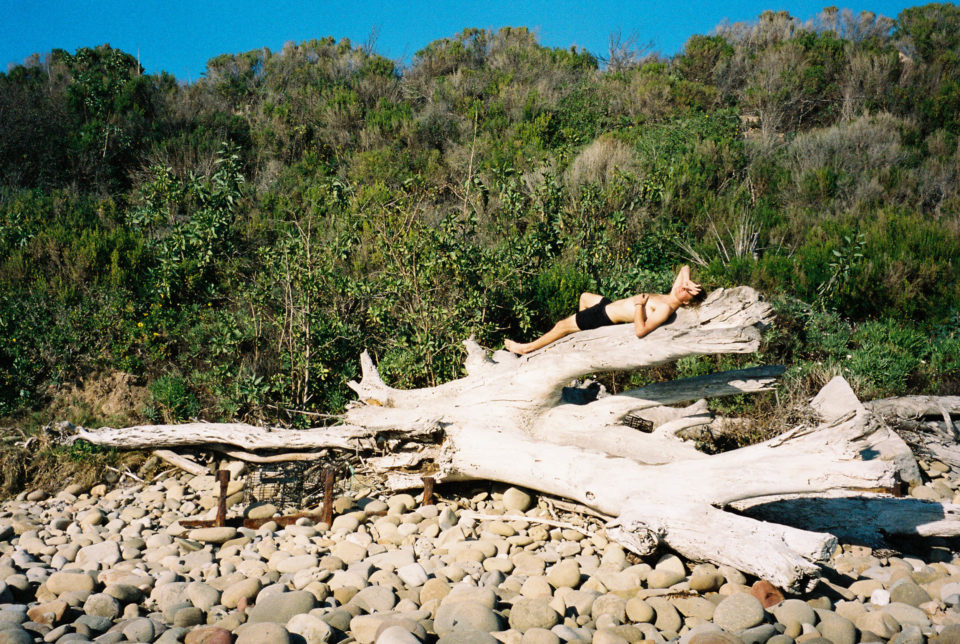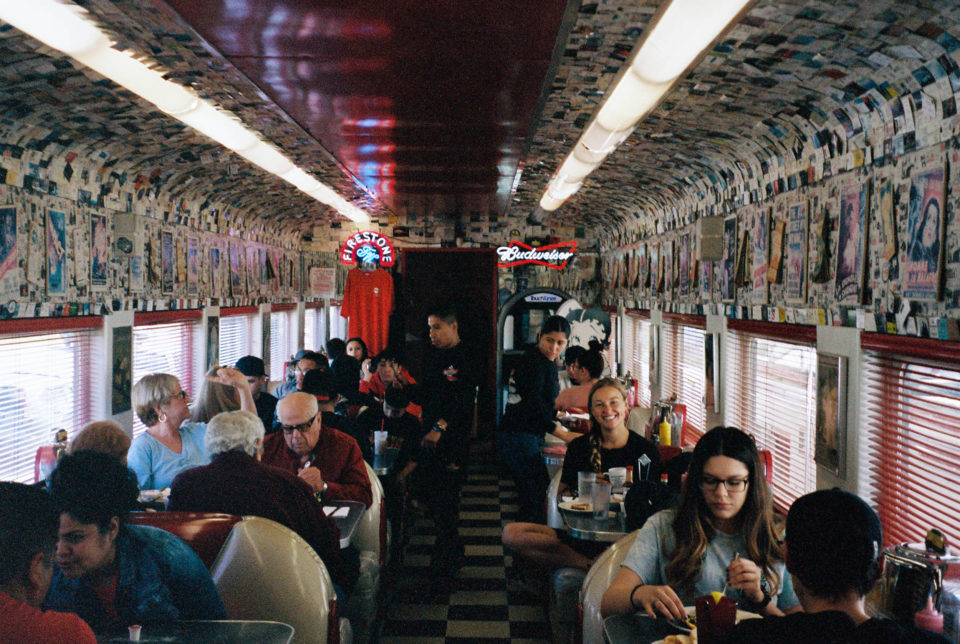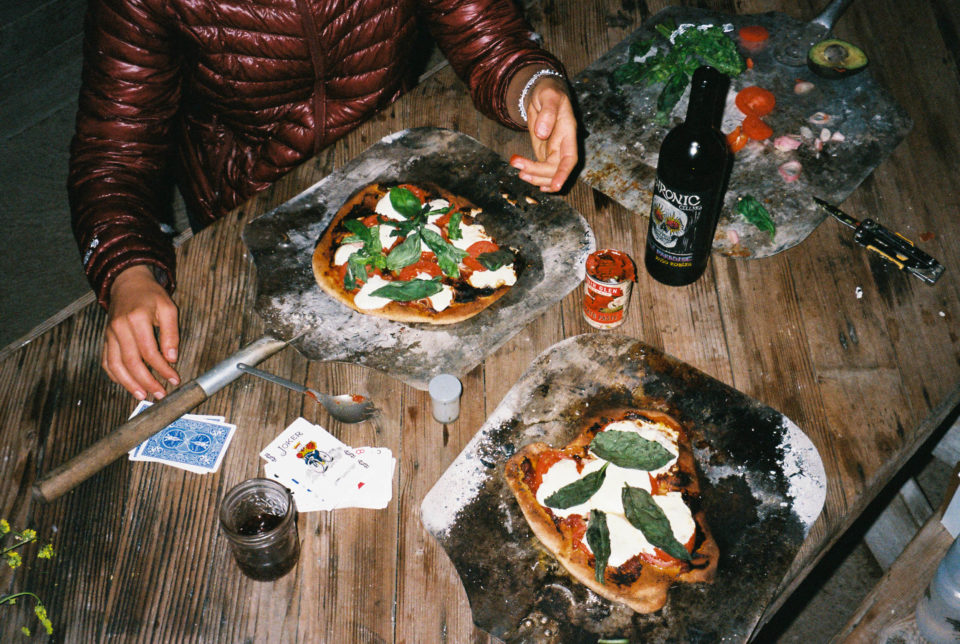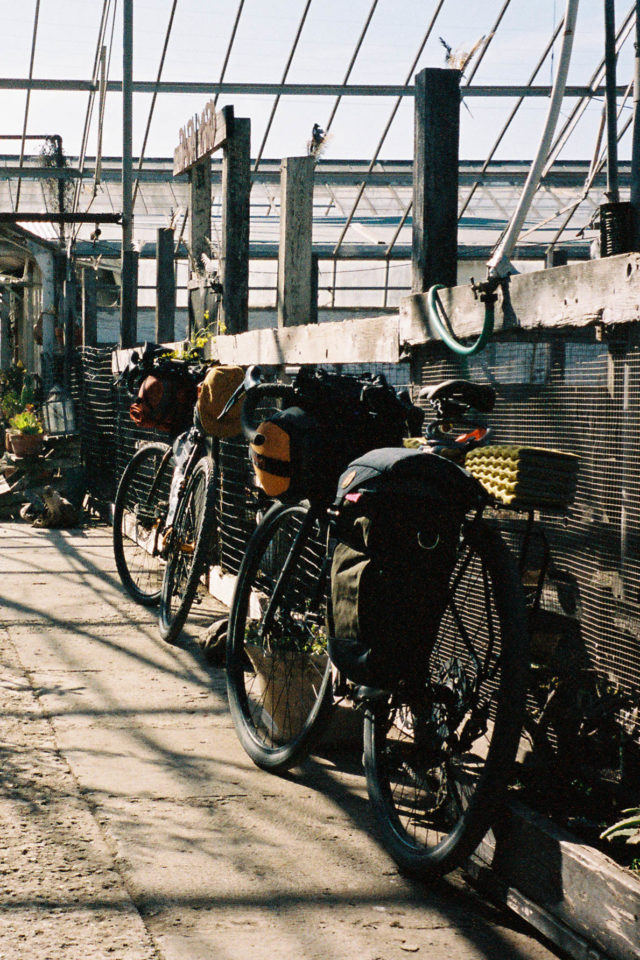Pedaling Through California’s Past
Share This
Inspired by the cyclists of the late 1880s who found adventure by combining train and bike travel to explore the small towns and back roads throughout California’s Central Coast, Lindsey Hagen and Chris Naum boarded an Amtrak and spent a long weekend riding back home, retracing generations of tire tracks to uncover past and present along the way. Find their story here…
Words by Lindsey Hagen (@linze3), photos by Chris Naum (@chris_naum)
If I were to describe my love language it would be “the bestowment of adventure.” Simply put, I express my love by coming up with off-color, loosely planned, haphazard adventures with the best of intentions. So, in proper Valentine’s Day fashion, I planned a three-day ride to celebrate my partner’s and my love of adventure over a long weekend.
From the onset, the trip took on a nostalgic tone as we boarded Amtrak’s Pacific Surfliner at Ventura Station, northbound for San Luis Obispo. The railway was constructed in 1971 and today travels 351 miles from San Diego to San Luis Obispo. It’s notorious for its impeccable surf access. Though I’d mapped the bike route weeks prior, I left booking our tickets for the last minute, which turned out to be a mistake. Amtrak only allows six bikes per train, so if you plan to bring your rig, book early or get stuck on the last train.
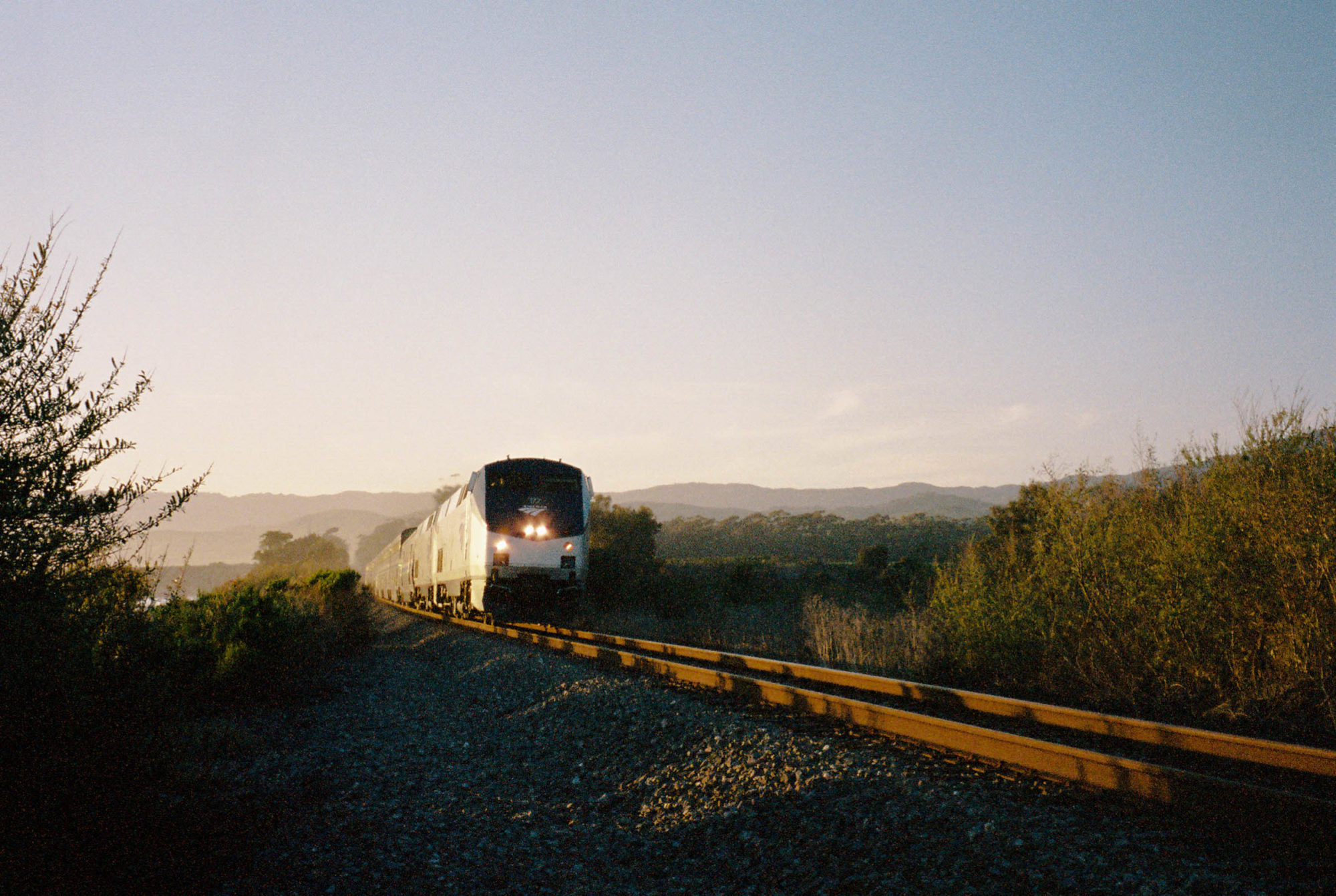
Our adventure started later than planned, and we chugged up the coast into the sunset as if going back in time. I wished we had dressed the part in the knickers, sweaters, and wool socks, paying tribute to 1980s cyclists, but for now the fantasy would have to take form as a state of mind. Something felt rebellious about it all as I began to think about the first women on bikes and the role bicycles played in women’s rights. I felt a palpable sense of freedom with my raggedly kitted bike by my side and the purr of the tracks in my ears.
Darkness and cold temperatures had moved in by the time we got to San Luis Obispo, and it would be an hour’s ride to our camping spot on the locals’ “nude beach.” Garlic naan and beer helped curb the edge. When we arrived at the cove we traversed down to the beach, carrying our bikes as waves crashed and swirled in rocky coves. During the Prohibition Era this area was a favorite spot for rum runners evading the Coast Guard and U.S. Revenue authorities. Legends of pirates, smugglers and nudists still remain, making our night mission more thrilling for the imagination.
Shortly after throwing down our sleeping bags we were jolted awake by a crescendo of water as the beach we were sleeping on seemed to disappear within the blink of an eye. Morning came quickly, and in nudist fashion we went for a dip to shake the briny night’s sleep. Our day’s ride would start along the coast, landing us in the Central Coast’s wine country, right in the heart of Santa Ynez, some 89 miles and 4,000+ feet later.
Fuel was top of mind, and having passed up a slew of retro fish and chip joints in Pismo Beach, we caved and bellied up at Oceano’s Rock and Roll Diner, critically acclaimed for its 50s theme and strategic placement in an old Amtrak railcar. The original owner had worked for Union Pacific as a dining car steward on cross-country trips and the car we sat in was constructed in 1946 by the Pullman Standard Car Company, known for building some of the best railroad cars of their time.
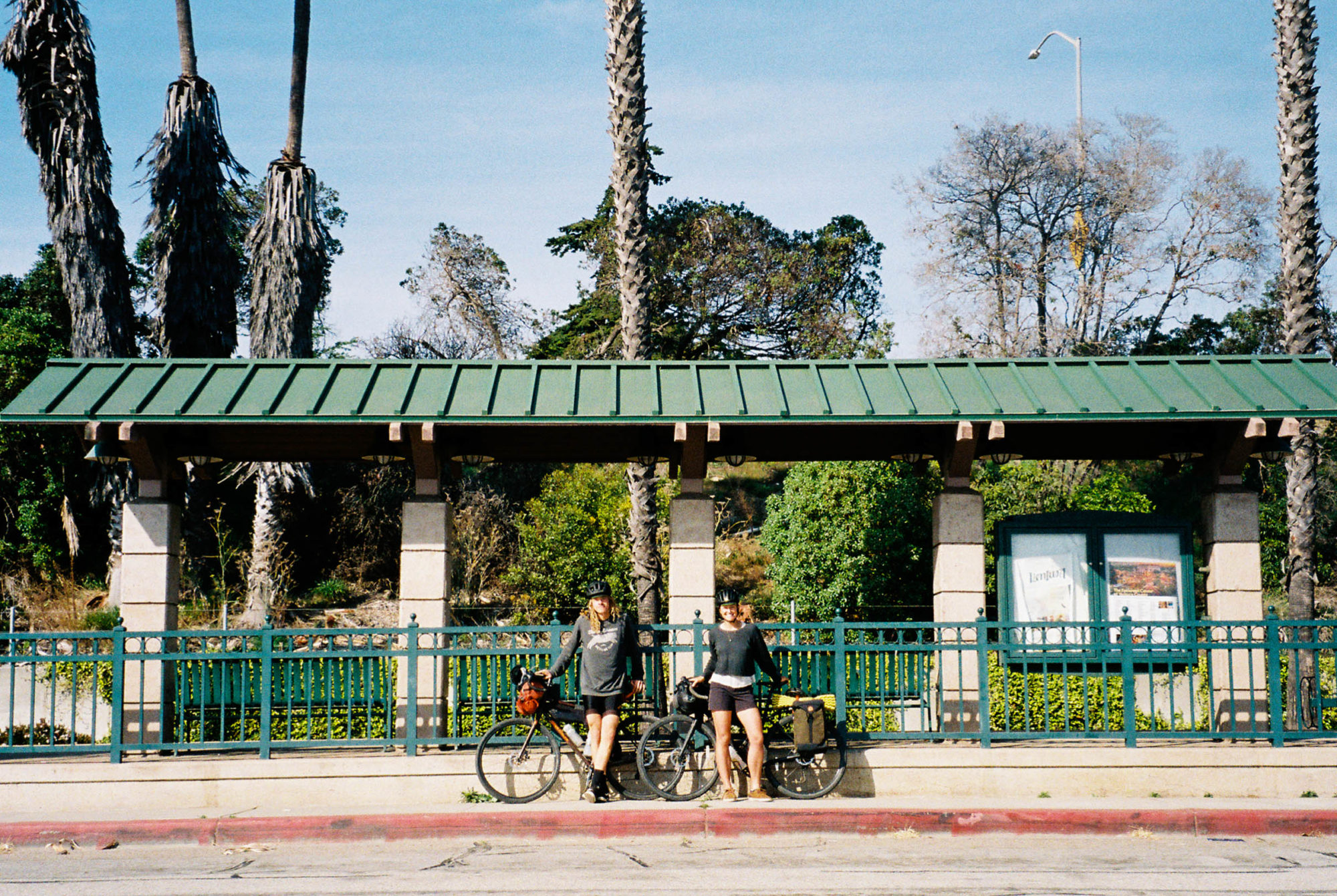
Filled to the brim with diner coffee, we dropped into the Santa Maria Valley, a vast array of barren, windswept fields, with haunting machinery sprawled in the distance. At times we struggled to stay upright between gusts, until the wind worked in our favor and we surfed our way into the historic mission town of Guadalupe, where a dancing horse caught my eye. That’s right, dancing and prancing, perfectly erect side-stepping horses in all their glory with sombrero-donning riders dressed in their Sunday best.
Curiosity got the best of me and I blasted through the gate marked “private property.” Like a fly to the flame, I couldn’t look away. What unfolded was a beautiful dance between play and training. The men would line up on their horses, corral a young bull, and release him through a long chute. Riding alongside the agitated animal, the rider would reach down and grab its trail with ease, grace, and impeccable speed. The control and union they had with their horses was something I wished I could mirror on my own steed. Between succulent bites of peach rings, I remained mesmerized as if we’d stumbled upon our own drive-in movie.
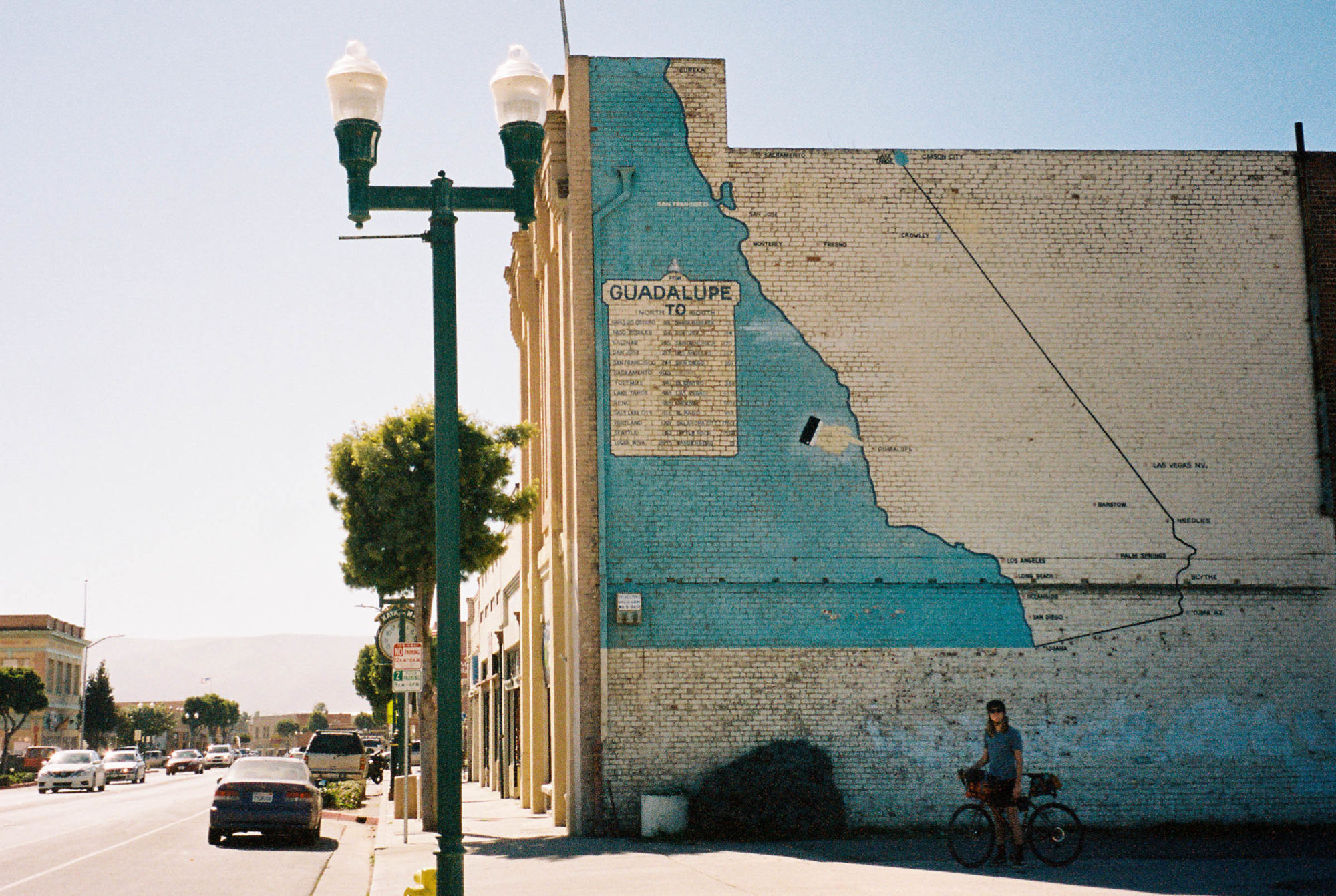
My focus was broken when a man approached us toting a Modelo and cowboy hat. “Pretty cool, huh?” he said, explaining that this is how the men in the family got together every Sunday, all pitching in for the stables. We said farewell and continued into town, catching one last glimpse of the Guadalupe Nipomo Sand Dunes along the coast. Old stucco structures and a magnificent array of taco and tamale shops lined the streets. I swore I’d come back for an eating tour alone someday.
We awoke soaked in dew, and socked in a cold, dank cloud that felt much like the marine layer you’d experience by the coast. Evading the finger-numbing cold, we rode to Solvang, dreaming of pastries. In 1911 the Danish-American Colony corporation bought almost 10,000 acres of prime land in the Santa Ynez Valley, dubbing the site “Solvang.” Today it resembles something between charming and creepy, like a curated theme park of sorts, all made of gingerbread blocks. But if you play your cards right you’ll pick the right pastry shop and perhaps walk away with a pair of lederhosen or a cuckoo clock.

This is when the cruxy decision of our trip came into play, as we decided to opt for Gaviota Pass, our quickest option back to the coast. I would not recommend it or do it again. But Gaviota Pass is the only gap in the Santa Ynez Mountains before Santa Barbara and would make for the most direct passage. In the 1860s it was the ideal ambush spot for notorious thieves and outlaws who would prey on the stagecoaches and lone travelers crossing the treacherous corridor.
Thankfully, we made it up and over to the ocean unscathed and joined back on the Camino Real, which we followed all the way to Ventura. El Camino Real or “The Royal Road” refers to the 600-mile road connecting the 21 Spanish missions in California, stretching from San Diego all of the way up to the trail’s northern terminus in Sonoma. At Refugio Beach we indulged in a celebratory feast of hotdogs and refried beans. From here, the rest of the way on toward Ventura would be a hug of safety along the coast.
But first, I had a Valentine’s Day surprise. I had always dreamed of untouched Central California beaches, and I had all but given up on the idea until I found an old orchid farm with ocean access that at one time was the world’s largest orchid supplier. I decided this is where we’d park it for the night. This place gave a glimpse into what the untouched coast looked like once upon a time: rolling untamed, land and crumbling landmass where our western edge appears to be swallowed into the sea. We baked pizza, played spit (fittingly with the Bicycle card deck) and slept in an old greenhouse under the stars.
Embarking on our last day, I wanted so badly to slow down, keep riding, maybe across the country or on toward the next continent. This pace suited me, and I was so delighted by the immersion into the stories and bits of American history that had latched on like precious cargo along the ride. I felt as though I was just beginning to know this place. As we rode into Santa Barbara I was reminded of the Santa Barbara Wheeling Club that was founded in 1887, the year the Southern Pacific Railroad established service between Santa Barbara and Ventura. Avid local cyclists—men and women alike—began organizing elaborate outings, riding between the towns and catching the railway home as the bicycling craze swept the nation, instilling a sense of freedom and adventure.
As I lamented the end of our journey, I was relieved in knowing, in remembering that adventure doesn’t mean doing something that’s never been done before, but perhaps it’s looking back into our past and celebrating what’s come before, what spectacular adventures have already taken place, and thinking about where we’ll continue to go with that spirit in mind. And with that we rode the “bicycle craze” all the way back home.
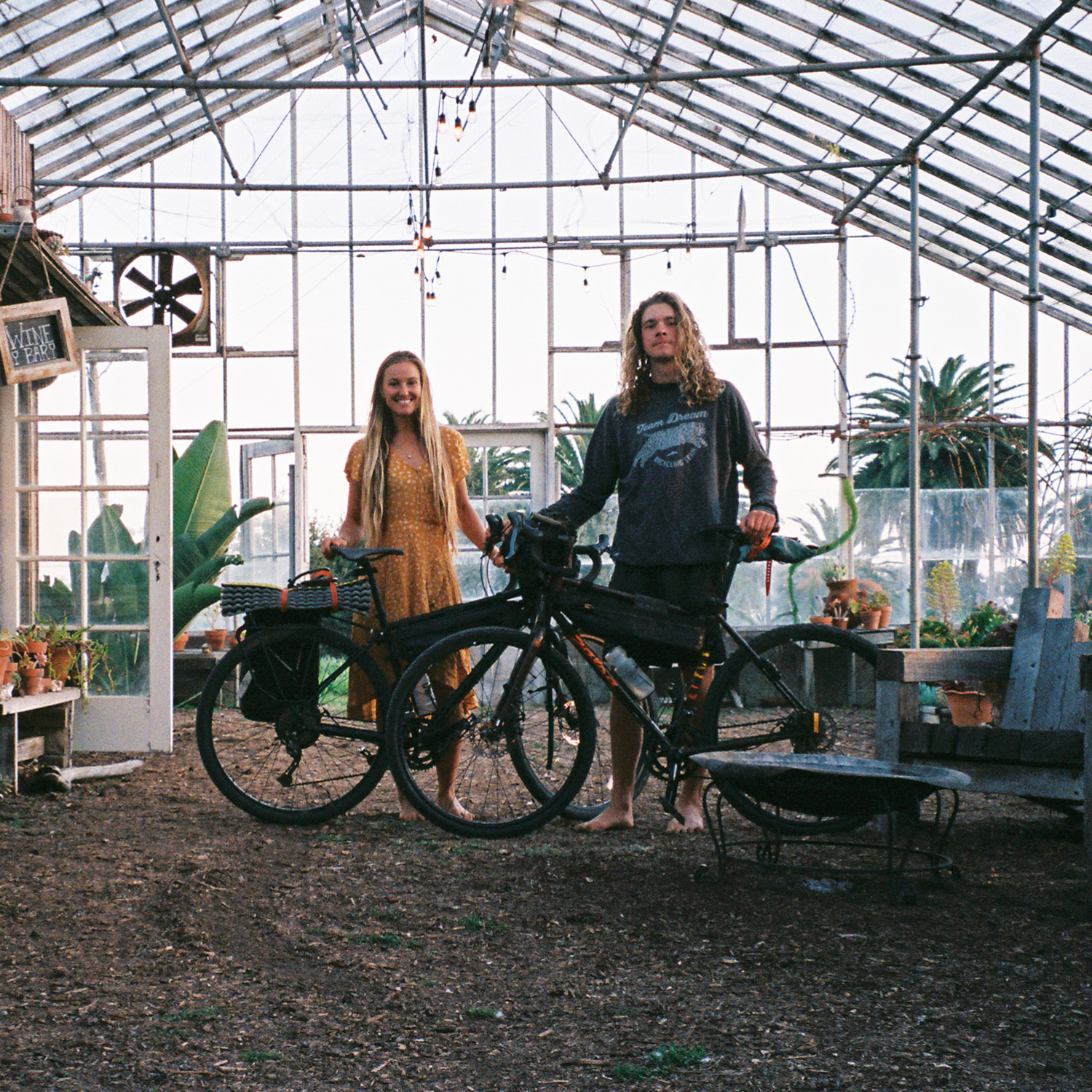
About Lindsey Hagen and Chris Naum
Lindsey Hagen and Chris Naum are a filmmaker couple based in Topanga, CA. With the onset of their relationship came their love for gravel riding. When they aren’t making films in the far reaches of the world they can be found exploring the mountains and contours of California’s Central Coast. Keep up with them on Instagram @linze3 and @chris_naum.
Please keep the conversation civil, constructive, and inclusive, or your comment will be removed.






